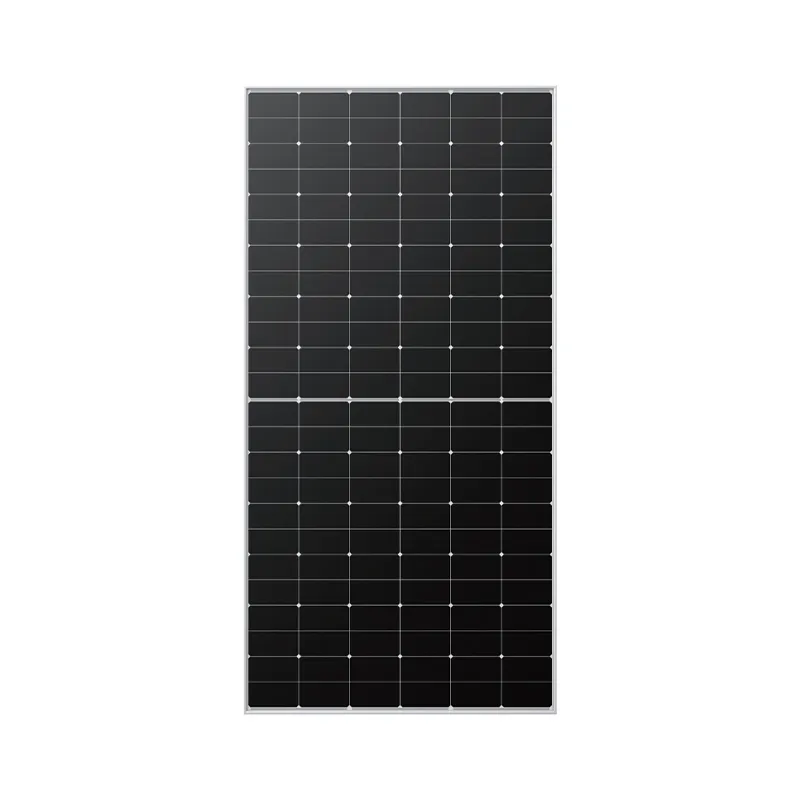solar panel efficiency over time
The Evolution of Solar Panel Efficiency Over Time
In recent decades, the quest for sustainable energy sources has driven significant advancements in solar technology. Solar panels, harnessing the sun's power, have seen remarkable improvements in efficiency, making them more viable as a primary energy solution. Understanding solar panel efficiency over time not only highlights technological innovations but also emphasizes their importance in the fight against climate change.
When solar panels were first introduced in the mid-20th century, their efficiency was a mere 6%. This means that only 6% of the sunlight that hit the panel was converted into usable electricity. The earliest models were primarily used in space applications and were prohibitively expensive for mainstream use. However, as research and development progressed, efficiency steadily improved, driven by better materials and manufacturing processes.
By the 1980s, advancements in photovoltaic (PV) technology led to an increase in efficiency, reaching around 12-15%. This period marked a turning point for solar energy, as the oil crises of the 1970s heightened interest in alternative energy sources. During this time, companies began to invest more heavily in solar technology, fostering innovation that would lead to even greater efficiencies.
The 1990s saw the introduction of monocrystalline silicon panels, which provided a significant boost in efficiency, averaging around 15-18%. These panels, made from a single crystal structure, are known for their high energy conversion rates. This era also witnessed the entry of multi-junction solar cells, designed to capture a broader spectrum of sunlight, further increasing efficiency rates in specialized applications, such as aerospace.
solar panel efficiency over time

Entering the 21st century, the emphasis on renewable energy intensified due to growing environmental concerns. Research institutions and private companies poured resources into developing new materials and technologies. By the 2010s, average solar panel efficiency had risen to approximately 20%, with some high-performance models exceeding 22%. This leap was made possible through innovations like passivated emitter and rear contact (PERC) technology, which improves the light absorption capabilities of solar cells.
As of 2023, the landscape of solar panel efficiency continues to evolve. Advances in bifacial solar technology, which allows panels to capture sunlight from both sides, are pushing efficiency rates even higher. Research is also being conducted into perovskite solar cells, a promising alternative that could revolutionize the industry. Initial findings indicate that these cells could potentially achieve efficiencies exceeding 30% in laboratory conditions, although commercial viability is still being explored.
Despite these advancements, challenges remain. Efficiency alone doesn't determine a solar panel's performance; factors such as durability, cost, and production scalability are equally crucial. Additionally, the integration of solar technology into existing power systems and infrastructure is vital for widespread adoption.
The increase in solar panel efficiency over time has had a profound impact on energy production worldwide. With falling costs and growing efficiency, solar energy is now one of the most accessible renewable energy sources available. Countries around the globe are investing in solar farms and decentralized solar energy solutions, contributing to a significant reduction in greenhouse gas emissions.
In conclusion, the progress made in solar panel efficiency over the years illustrates the potential of technology to address environmental challenges. As researchers continue to innovate, the future of solar energy looks promising. Enhanced efficiency will not only make solar power more accessible but also play a pivotal role in transitioning to a sustainable energy future. The journey of solar panel efficiency is a testament to human ingenuity and a critical component in the effort to combat climate change and ensure energy security for generations to come.
-
Unlocking Energy Freedom with the Off Grid Solar InverterNewsJun.06,2025
-
Unlock More Solar Power with a High-Efficiency Bifacial Solar PanelNewsJun.06,2025
-
Power Your Future with High-Efficiency Monocrystalline Solar PanelsNewsJun.06,2025
-
Next-Gen Solar Power Starts with Micro Solar InvertersNewsJun.06,2025
-
Harnessing Peak Efficiency with the On Grid Solar InverterNewsJun.06,2025
-
Discover Unmatched Efficiency with the Latest String Solar InverterNewsJun.06,2025







